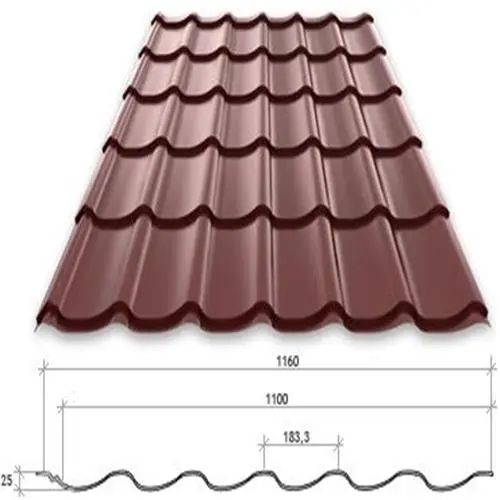
Understanding the Stud and Track Frame Forming Machine
In the ever-evolving landscape of modern construction and manufacturing, specialized machinery plays a pivotal role. Among the myriad of machines designed to enhance efficiency and precision, the stud and track frame forming machine stands out. This innovative equipment is essential in the production of steel frames that are essential for various construction applications, including residential and commercial buildings.
What is a Stud and Track Frame Forming Machine?
A stud and track frame forming machine is designed to manufacture metal profiles used in lightweight steel framing systems. These systems are prevalent due to their strength, durability, and fire resistance, making them ideal for constructing walls, ceilings, and other structural components. The machine typically produces two types of profiles studs (vertical members) and tracks (horizontal members).
The technology behind these machines is highly advanced, incorporating both automated processes and manual adjustments to ensure accuracy. Modern machines can create custom profiles to meet specific project requirements, enhancing versatility in various applications.
Key Components and Functionality
A stud and track frame forming machine consists of several key components that work together to create finished products
1. Coil Feed System This component feeds steel coils into the machine, where they will be shaped into desired profiles. The quality and specification of the steel coils significantly affect the performance and durability of the final product.
2. Roll Forming Stations After the coil is fed into the system, it passes through multiple roll forming stations. Each station consists of pairs of rollers, which progressively shape the metal into the required profile. This continuous process allows for high production rates while maintaining consistent quality.
3. Cutting Mechanism Once the desired profile is formed, it is cut to the specified length. The cutting mechanism can be a shear blade or a rotary cutter, depending on the machine's design. Precision in cutting is crucial to ensure that each component fits correctly during assembly.
4. Control System A modern stud and track frame forming machine is equipped with an advanced control system that monitors various parameters such as speed, temperature, and pressure. Operators can easily adjust these settings to optimize production and maintain quality.

5. Output Section The final formed and cut profiles are then collected in the output section, ready for packaging and dispatch. This area should ensure that the profiles are protected from damage until they reach the construction site.
Advantages of Using Stud and Track Frame Forming Machines
The adoption of stud and track frame forming machines in the construction industry brings numerous advantages
- Efficiency Automated processes significantly reduce production time, allowing for quicker project turnarounds. This efficiency enables builders to meet tight deadlines without compromising quality.
- Consistency and Precision The use of advanced machinery ensures that each profile is formed to exact specifications, reducing variations that can lead to complications during installation.
- Cost-Effectiveness By streamlining the production process, businesses can reduce labor costs and minimize waste. The ability to generate high volumes of materials quickly makes these machines a financially viable choice.
- Flexibility Many modern machines allow for rapid adjustments, enabling manufacturers to produce a variety of profiles to accommodate different construction needs.
Applications in the Construction Industry
Stud and track frame forming machines are utilized in various sectors within the construction industry. They are particularly popular in the fabrication of commercial and residential buildings, where they are used to create wall panels, roofing structures, and partitions. Additionally, the growing trend of green building practices has increased the demand for lightweight steel framing, further solidifying the importance of this machinery.
Conclusion
The stud and track frame forming machine represents a significant advancement in construction technology. By understanding the functionality and benefits of this equipment, businesses can make informed decisions that enhance productivity, improve quality, and ultimately contribute to the success of their projects. As the construction industry continues to evolve, the importance of such specialized machinery will only grow, paving the way for more efficient and sustainable building practices.